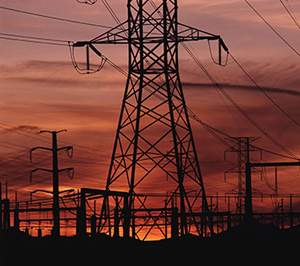If you give a mouse a cookie, chances are he will want a glass of milk. If you give solar and wind energy companies subsidies, chances are they will want free transmission lines too. The famed children’s book, “If You Give a Mouse a Cookie” provides valuable lessons and today it serves as a vehicle to understand wind and solar energy producers.

Recently, the Wall Street Journal ran an article titled “The Great Transmission Heist” that focused on the Federal Energy Regulatory Commission’s (FERC) consideration to change the way electricity transmission lines are paid for. In the past, the costs of the transmission lines were factored into the electricity generated at the plant. In other words, the user of the electricity pays the costs of providing that electricity.
The FERC might change the user-pay formula when plugging solar and wind energy facilities into the Nation’s energy grid by subsidizing the transmission costs. In fact, the Massachusetts Secretary of Energy and Environmental Affairs called this change a “radical Soviet-style approach to transmission planning” because the FERC would effectively socialize transmission costs for all wind and solar projects.
We are not talking cookies here either; the cost of developing the infrastructure that is necessary to connect remote solar and wind facilities to the nation’s grid will be roughly $160 billion by some estimates.
The $160 billion in subsidies translates to a $500 tax for every man woman and child in America; remember the tax is just for the transmission and not for the energy itself. The energy calculus is becoming too costly for governments. As we noted, consumers are starting to reject the high cost of boutique forms of energy and are starting to vote out politicians who advocate for wind and solar energy.
In order to understand the true cost of connecting remote wind and solar facilities, let’s consider what’s happening in California. Recently, California increased their renewable portfolio standard (RPS) from 20 to 33 percent. The California Public Utilities Commission (CPUC) discovered that the transmission lines necessary for this mandate would cost $115 billion between now and 2020. Now, consider that the CPUC estimates this mandate will increase the cost of energy by 16.7 percent. At the end of the day, Californian’s cannot afford this political burden in addition to 12.2 unemployment and a $20 billion budget deficit.
We learned the lesson when we were five and we learned it again today; if you give a renewable energy company a subsidy, chances are they will want to subsidize the transmission lines too.



